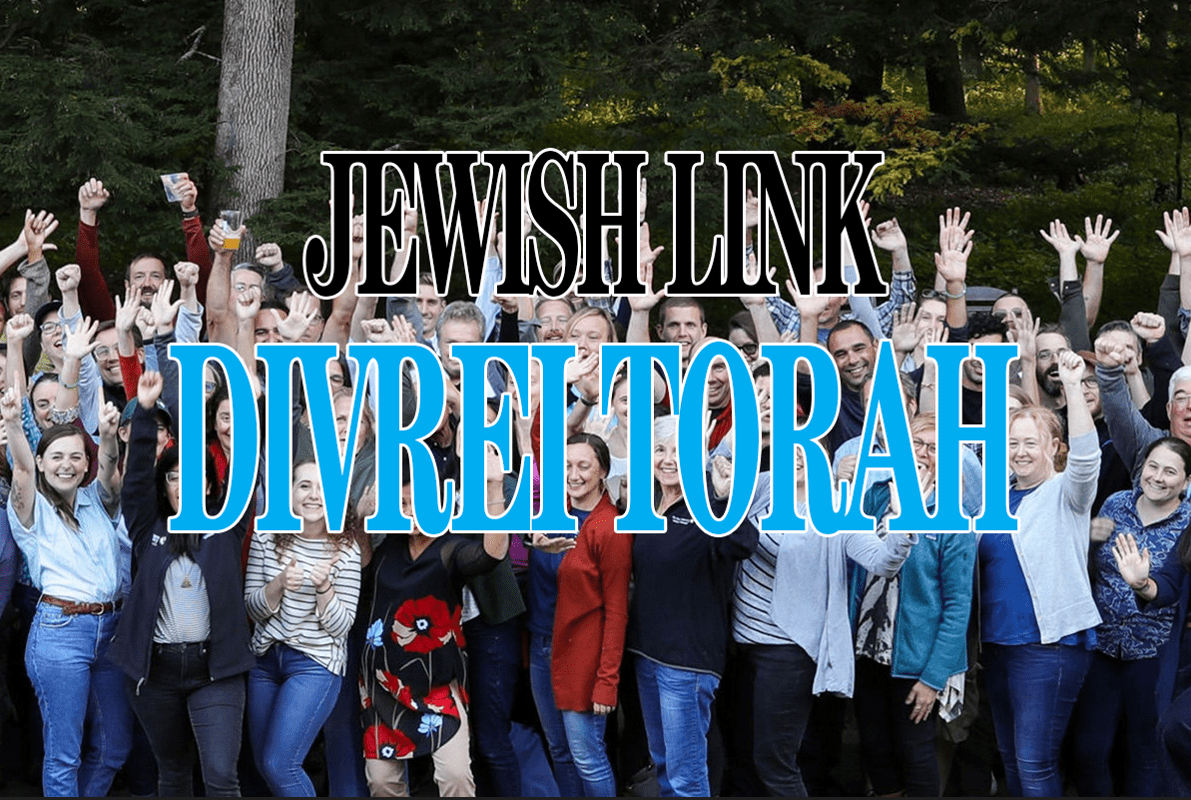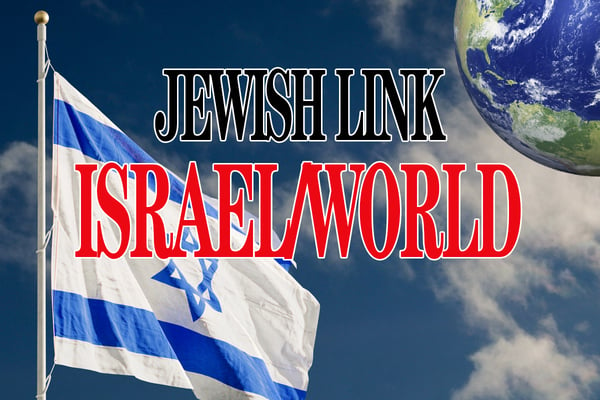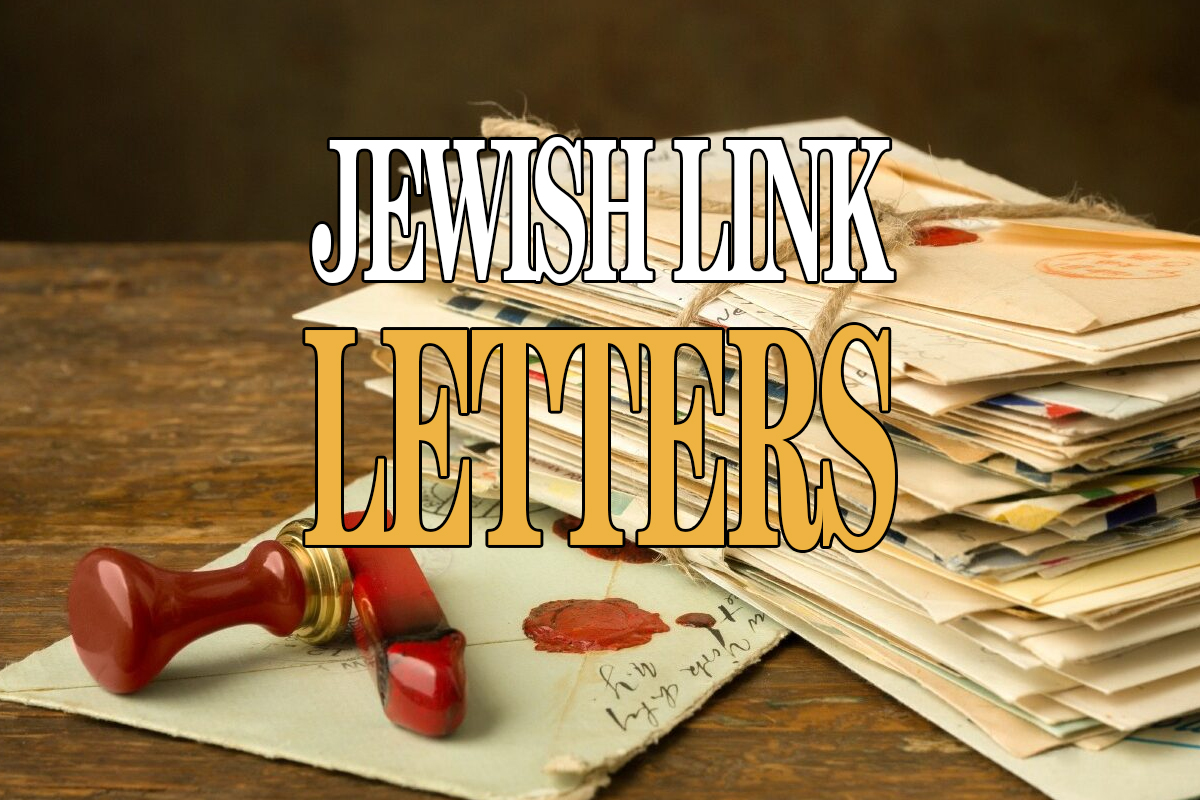Parshat Mishpatim
The source of this week’s haftarah is found in Sefer Yirmiyahu, beginning with perek 34 and closing with its final pesukim from perek 33. Although most of the text found in Neviim Acharonim is made up of the prophecies relayed to the people by earlier prophetic authors, the section from which this haftarah is taken retells the prophet’s experiences at his own time. It is the story of Yirmiyahu’s divine message given to him after the last king of Yehuda, King Tzidkiyahu, established a brit with the Judean nation—a covenant in which they agreed to set their Hebrew servants free—as the opening of our parasha commands. After the people went back on their promise re-enslaving the freed servants, Hashem issues His warning through His faithful prophet.
The warning details the terrible punishments that would befall Israel for her failure to observe this mitzvah—the very first mitzvah “bein adam lachavero” (between one person and another) that the Torah commands. In fact, Rav Shimshon Rafael Hirsch opines that this first mitzvah underscores the importance of personal freedom, which, if ignored, brings on the loss of independence for all—as confirmed by the subsequent punishments threatened by Yirmiyahu. The punishments, as defined by God, would include war, plague and famine—all of which would precede the destruction of her cities and, accordingly, the exile and a national loss of freedom.
Nonetheless, the haftarah ends on a positive note, one that was “gifted” to us by our rabbinic scholars, and that is commonly found elsewhere. We close a haftarah with encouraging words—two verses that are actually “out of order” (they are taken from the preceding perek) and leave us on a “happier note” than does the message left by the Navi in the rest of the haftarah. The “add-on” that concludes our reading reassures the readers of all generations that Hashem’s promise that the Davidic dynasty would—eternally—be the source of future leadership of Israel, is as firm as His covenant with heaven and earth, with the world of nature.
In retrospect, the haftarah’s connection to the parsha would seem clear to all of us as it harkens back to the very first mitzvah found in the parsha—that of setting free all Hebrew servants after six years of service. However, HaRav Nobel—in his work on the yearly haftarot—suggests that the closing pesukim are meant to connect to the “brit” they concluded with King Tzidkiyahu (in the haftarah) but was subsequently broken, with the Torah brit at Har Sinai in our parsha—also agreed to by the nation but, eventually, ignored and broken by them. The comfort offered by Hashem in those closing verses is that, just as the laws of nature, which Rav Nobel sees as a form of “brit” Hashem made with all His creations—just as these natural laws—this “brit,” is eternal and its laws would never be broken, so too, the nation of Israel is eternal and God’s relationship with them will never be broken.
With this understanding of Yirmiyahu’s message, generations of suffering Jews found solace and hope and, after 2,000 years could exclaim—as we do: “Od lo avda tikvateinu.”
Rabbi Neil Winkler is the rabbi emeritus of the Young Israel of Fort Lee, and now lives in Israel.










